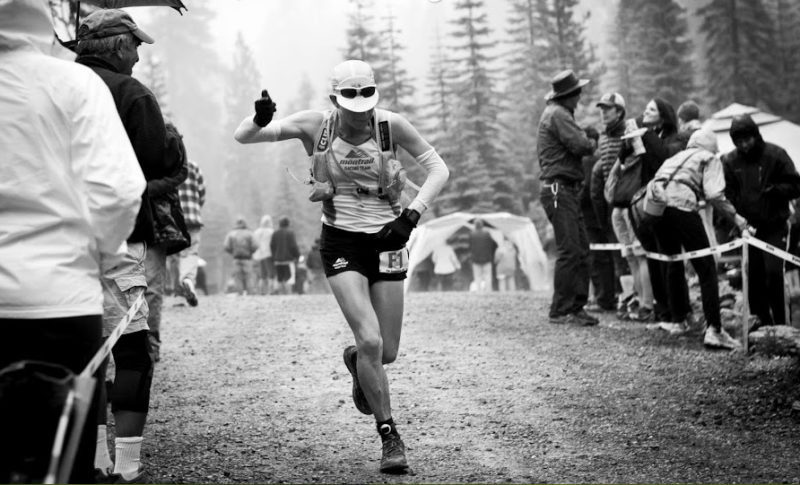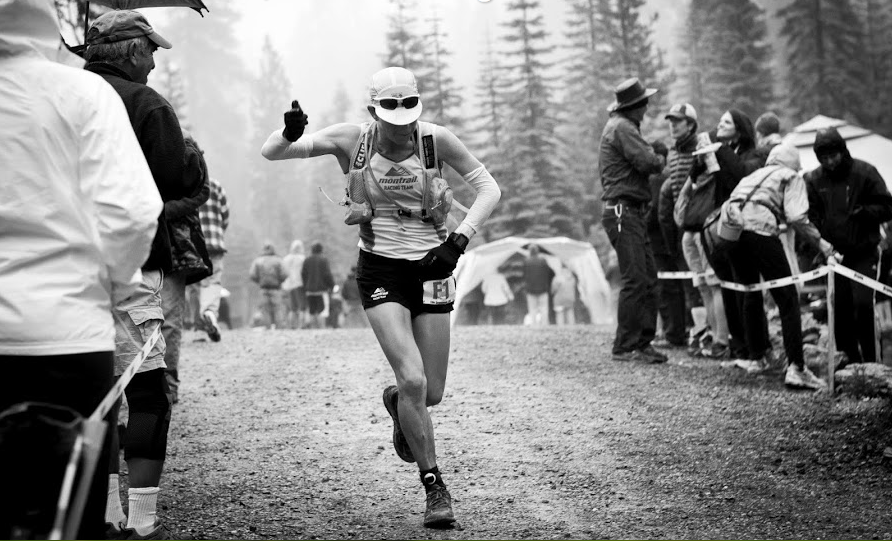Ellie Greenwood’s trail running advice
Technical trail advice from one of the world's top ultrarunners


By Ellie Greenwood
Embrace Your Roots
One of the most enjoyable aspects of trail running is losing yourself in the moment on a section of single track. No matter how hard you’re pushing yourself physically, your mind has to be focused on the next root, the next rock and where you’re going to place your next few steps. This is when the physical act of running seems effortless, as the cerebral planning takes over. If you’re new to trail running, it can take some time to reach this comfort level when running on technical trails, where natural hazards seem to jump out in every direction.
Like anything, practice helps, but even experienced trail runners often shy away from technical trails, or lose time (and sometimes all important finishing positions) in a race on the more difficult sections. Here are some tips to improve your confidence and speed on technical single-track terrain.
1. Relax. Your goal should be to remain relaxed as possible and float over the terrain at an even pace, rather than moving in a jarring manner of stops and starts. To move efficiently, you need to practice looking at the ground immediately in front of you, where your next footfall will be, while also periodically glimpsing up and being aware of the terrain approaching in the next 10 steps. Awareness of the upcoming trail allows you to have more time to react to the terrain coming up (such as a log to hop over or a sharp curve in the trail) and to move more fluidly, rather than abruptly reacting when you see a change in the ground immediately in front of you. This technique will allow you to move faster, while also saving your ankles, knees and quads from the impact of sudden braking.
2. Have Fun. Treat the trail like a playground and embrace the challenge of jumping over logs or bounding off rocks. Don’t think of them as hazards, but as props that can help you move more efficiently and in a playful manner. If you’re nervous about falling or tripping, play upbeat music with a regular rhythm that will help you relax and encourage consistent pacing. Hop, skip and jump on the trail, and practice adjusting your stride length from short skips to long leaps to avoid rocks or roots while maintaining an even pace.
3. Trail Shoes. On easier trails, road shoes can work just fine. But the more technical the terrain, the more important it is to invest in a trail-specific shoe, designed to grip on wet rocks and roots as well as protect your feet from sharp objects on the trail. The more confidence you have in your footwear the faster you will run.
4. Build Core Strength. Technical trail running, due to its more varied movements, demands core strength, good balance and ankle strength. If you can maintain a strong upper-body position when trail running, through a strong core, this will ensure better running posture and fewer falls. Yoga can be an excellent addition to your training program as it improves core strength, as well as lower-leg stability and flexibility – essential when hopping up onto rocks or over logs and bridges.
Ellie Greenwood is a Montrail-sponsored trail runner based in North Vancouver. In 2011, she won the prestigious Western States 100.


